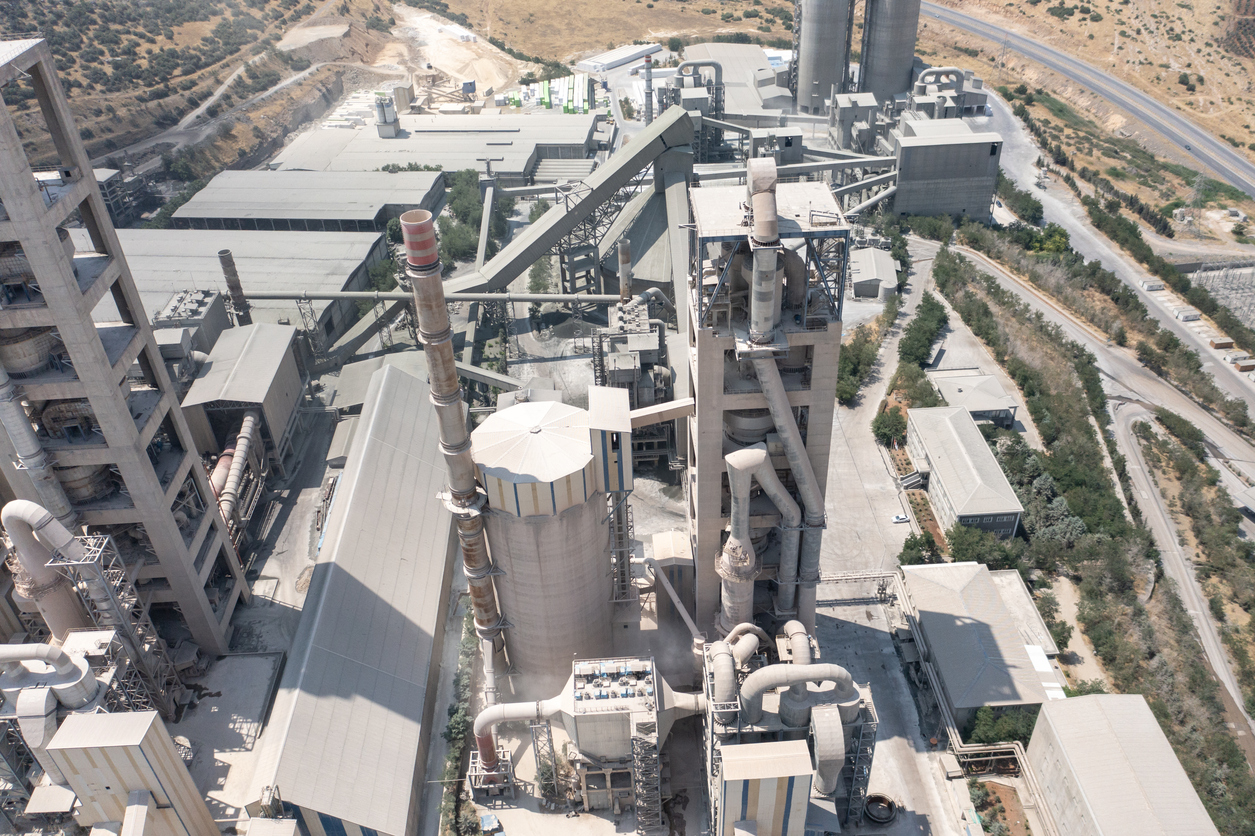Cement and concrete are foundational to our modern world. They are also a significant source of carbon emissions. Cement, the key ingredient in concrete, makes up about seven to eight percent of global carbon dioxide emissions. If the cement industry were a country, it would be the third-largest source of emissions behind China and the United States. Leveraging a suite of technologies, as detailed in Cement and Concrete 101, can effectively reduce emissions across the sector. There are several other strategies that state and local governments can consider as they collaborate with stakeholders.
Rethinking how we build.
Building plans often include sizable overdesign margins to ensure that concrete meets strength specifications. This can lead to the use of more cement than necessary. The overdesign can be relatively small if a concrete producer has a good quality control process and a history of consistent test results for a mix design. Reducing overdesign means using less cement, which means reducing carbon emissions (by as much as eight percent). Striking the right balance between safety and environmental performance is a promising strategy for reducing emissions across the sector.
Extending the life of existing buildings and repurposing unused buildings, also called adaptive reuse, are two other examples of how we can transform the way we build. In both cases, demand for cement and concrete, and therefore associated emissions, are reduced.
Leveraging state-level procurement power.
As of 2025, nine states have enacted “Buy Clean” policies. The public sector purchases nearly 50 percent of the cement produced in the United States. States and localities can leverage this significant purchasing power to increase the demand for low-carbon materials, including cement and concrete. Programs like Buy Clean typically target embodied carbon (the emissions associated with manufacturing, transporting, installing, maintaining, and disposing of building materials, including cement and concrete).
Programs like Buy Clean also typically require suppliers to provide environmental product declarations (EPDs). EPDs are estimates of emissions associated with extracting, manufacturing, and transporting individual materials. Along with other criteria used to score project bids, states can use EPDs to compare the environmental impact of materials across bidders. Buy Clean programs send a direct market signal that can help catalyze more production of low-carbon materials.
The Buy Clean Colorado Act (BCCO), enacted in January 2024, has served as a model. BCCO covers materials supplied for state projects costing $500,000 or more and sets a maximum acceptable global warming potential (GWP) limit for covered materials, including concrete. Concrete producers must ensure their mixes comply with the state’s GWP limits. Colorado expects to reduce GWP limits over time as low-carbon materials become more standard. While implementation of Buy Clean programs varies by state, many states have worked collaboratively for several years to advance the procurement of low-carbon construction materials in publicly funded projects.
Catalyzing innovative markets with financial incentives.
State governments can develop several financial strategies to support low-carbon cement and concrete, including:
- Contracts for Difference: These contracts cover the price gap between low-carbon and traditional materials. This creates a guaranteed price to offset the upfront cost of commercializing these products and reduces the green premium.
- Advanced Market Commitments: These are commitments to purchase low-carbon materials, ensuring a reliable future income stream for developers. Purchasers eager to reduce their supply chain emissions have joined forces to create platforms to match buyers and sellers of low-carbon materials.
- Tax Credits, Loans, and Grants: Targeted industrial financial incentives supporting a wide range of projects that reduce emissions can be cost-effective ways for states to encourage industrial modernization, improve operational efficiency, and reduce emissions and criteria air pollutants. States can set aside a fixed pool of credits and develop guidelines for proposals to ensure projects align with the state’s goals.
Cement and concrete will remain an essential global resource. Reducing emissions across the sector will require ongoing coordination and collaboration. States have historically been leaders of low-carbon procurement policies. They can accelerate progress rapidly by sending strong market signals to build confidence across the cement and concrete value chain. Policies and financial incentives can be tailored to a state’s unique needs to lower costs, fully commercialize low-carbon materials, reduce emissions, and improve air quality for surrounding communities.

